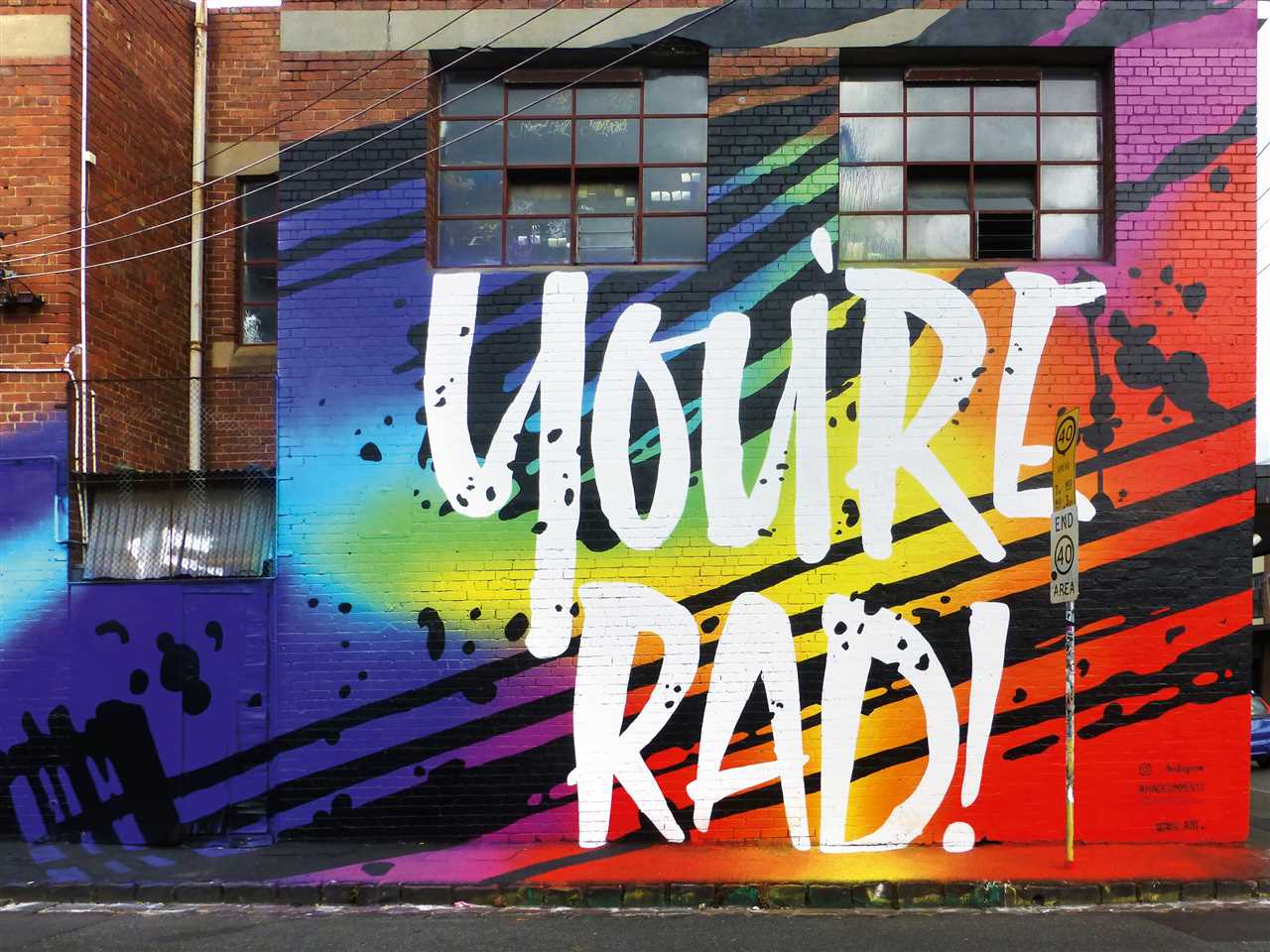
Street art lettering has become a powerful form of artistic expression in urban environments around the world. Artists use lettering to convey messages, tell stories, and create visually striking pieces that capture the attention of passersby. This unique art form blends typography, graffiti, and graphic design to create an aesthetic that is both captivating and thought-provoking.
One of the defining characteristics of street art lettering is its boldness. The letters are often exaggerated in size and shape, creating an impactful visual statement. Whether it’s a single word or a complex composition, street art lettering demands attention and draws viewers into the world of the artist.
Another fascinating aspect of street art lettering is its ability to adapt to its surroundings. Artists take into consideration the architecture, color palette, and cultural context of the urban environment in which they are working. By incorporating these elements into their lettering, they create pieces that resonate with the local community and become an integral part of the urban landscape.
Street art lettering also serves as a form of social commentary. Artists use words, phrases, and quotes to address pressing issues, provoke thought, and inspire change. They tackle topics such as politics, social justice, and personal identity, sparking conversations and challenging the status quo.
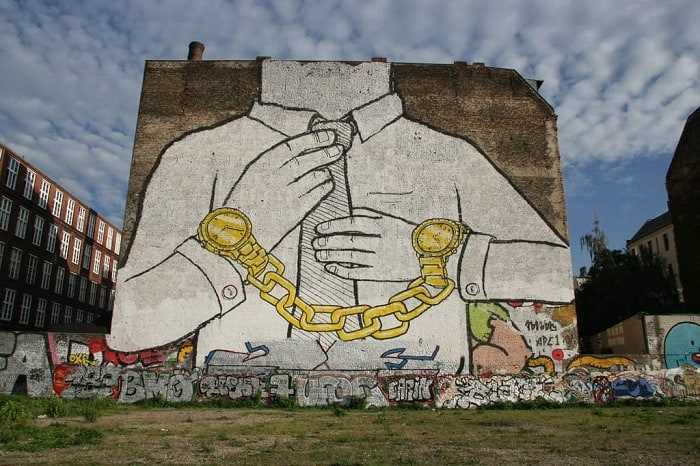
Graffiti has long been a form of artistic expression in urban environments. It can be found on walls, buildings, and even trains, showcasing different styles and techniques. One of the most prominent aspects of graffiti is its unique lettering.
The origins of street art lettering can be traced back to the 1960s in Philadelphia, Pennsylvania. It was during this time that young artists began to use spray paint to create their tags, or signatures, on walls and other surfaces. These tags were often stylized, with intricate lettering and designs.
As graffiti began to spread throughout cities and across the world, different styles of lettering emerged. Some artists developed their own unique alphabets, often influenced by typography and calligraphy. Others embraced a more abstract style, using shapes and forms to create their letters.
Block Lettering
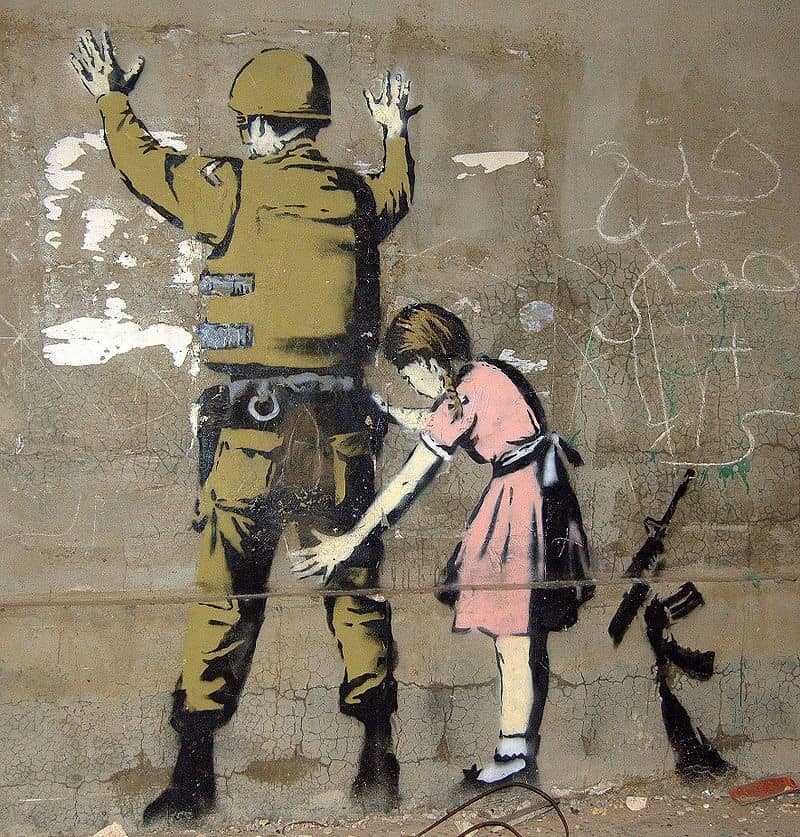
One of the most recognizable styles of graffiti lettering is block lettering. This style features bold, uppercase letters with clean lines. Block lettering is often used for tags and is easily readable from a distance.
Wildstyle
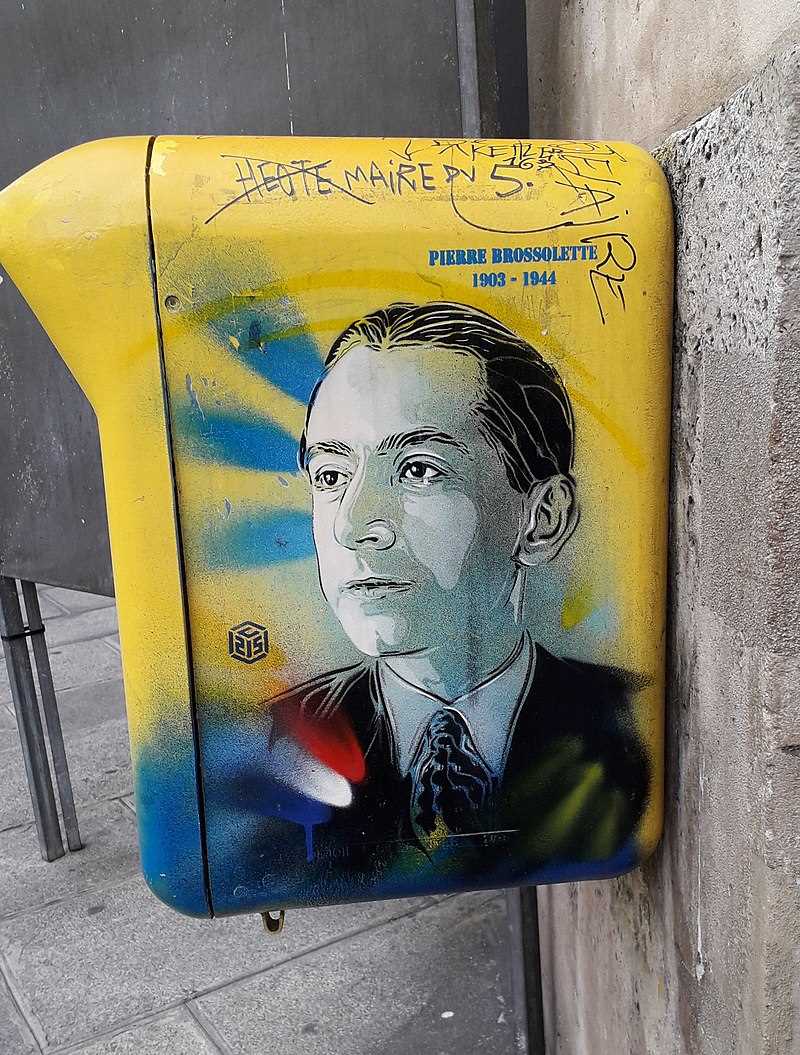
Wildstyle is a complex and highly stylized form of graffiti lettering. It often features interconnected letters and intricate designs. This style can be difficult to read, but it is visually striking and showcases the artist’s skill and creativity.
Street art lettering continues to evolve and change, with artists constantly pushing boundaries and experimenting with new techniques. From simple tags to intricate designs, graffiti lettering remains an integral part of street art culture.
The Wall as a Canvas: Transforming Urban Spaces

Street art and lettering have become powerful tools for transforming urban spaces and bringing artistic expression to the forefront of cities. One of the most impactful ways street artists use their skills is by using walls as a canvas.
By transforming blank walls into vibrant works of art, street artists are able to inject color, life, and creativity into otherwise dull and monotonous urban environments. These large-scale murals can completely change the atmosphere of a street or neighborhood, turning a plain wall into a focal point that captures the attention of passersby.
When a wall is used as a canvas, it becomes a platform for artists to convey their messages and tell stories through their art. Whether it’s political commentary, social issues, or personal stories, street artists have the power to provoke thought and spark conversations through their creations.
Moreover, the transformation of walls into art showcases the talent and skills of street artists, allowing them to create a public gallery for everyone to enjoy. While traditional artwork may be confined to galleries and museums, street art allows anyone who walks by to appreciate and engage with the artwork, blurring the lines between art and everyday life.
Another significant aspect of using walls as a canvas is the temporary nature of street art. Unlike traditional art, which is often preserved for years, street art is susceptible to being covered or removed, making it a fleeting and transient form of artistic expression. This impermanence adds to its allure and creates a sense of urgency to appreciate and experience it before it disappears.
Stencil Techniques: Adding Intricacy to Street Art Lettering
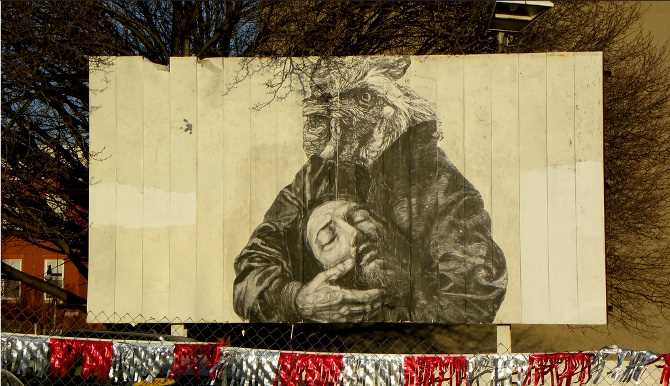
Stencil techniques are one of the most popular methods used in street art lettering to add intricacy and detail to the artwork. Stencils allow artists to create precise and consistent letterforms, patterns, and images, making it an ideal tool for creating complex designs on urban environments.
Creating Stencil Templates
To create a stencil template, artists start by designing their lettering or image on a computer or sketching it on paper. The design is then transferred onto a stencil material, such as acetate, plastic, or cardboard. Artists can use a craft knife or a laser cutting machine to cut out the desired shapes, creating a stencil that can be used repeatedly.
Stencil templates can range from simple letterforms to elaborate designs with intricate details. Artists often experiment with different techniques to achieve the desired level of intricacy, such as using multiple stencil layers or incorporating intricate patterns within the lettering.
Applying Stencil Techniques to Street Art Lettering

Once the stencil template is ready, artists can apply it to various surfaces in urban environments. They can use spray paint, brushes, or rollers to fill in the cut-out shapes, creating the letterforms or images. Artists can also mix different colors to add depth and dimension to their artwork.
Stencil techniques allow artists to create large-scale artworks with precise details. They can easily reproduce the same design in different locations, making it an efficient technique for creating street art lettering in urban environments.
Street artists often combine stencil techniques with other forms of artistic expression, such as graffiti tags or freehand illustrations, to create a unique and visually striking composition. The combination of different techniques adds depth and complexity to the artwork, attracting attention and engaging viewers in urban spaces.
Urban Colors: Exploring the Vibrant Palette of Street Art Lettering
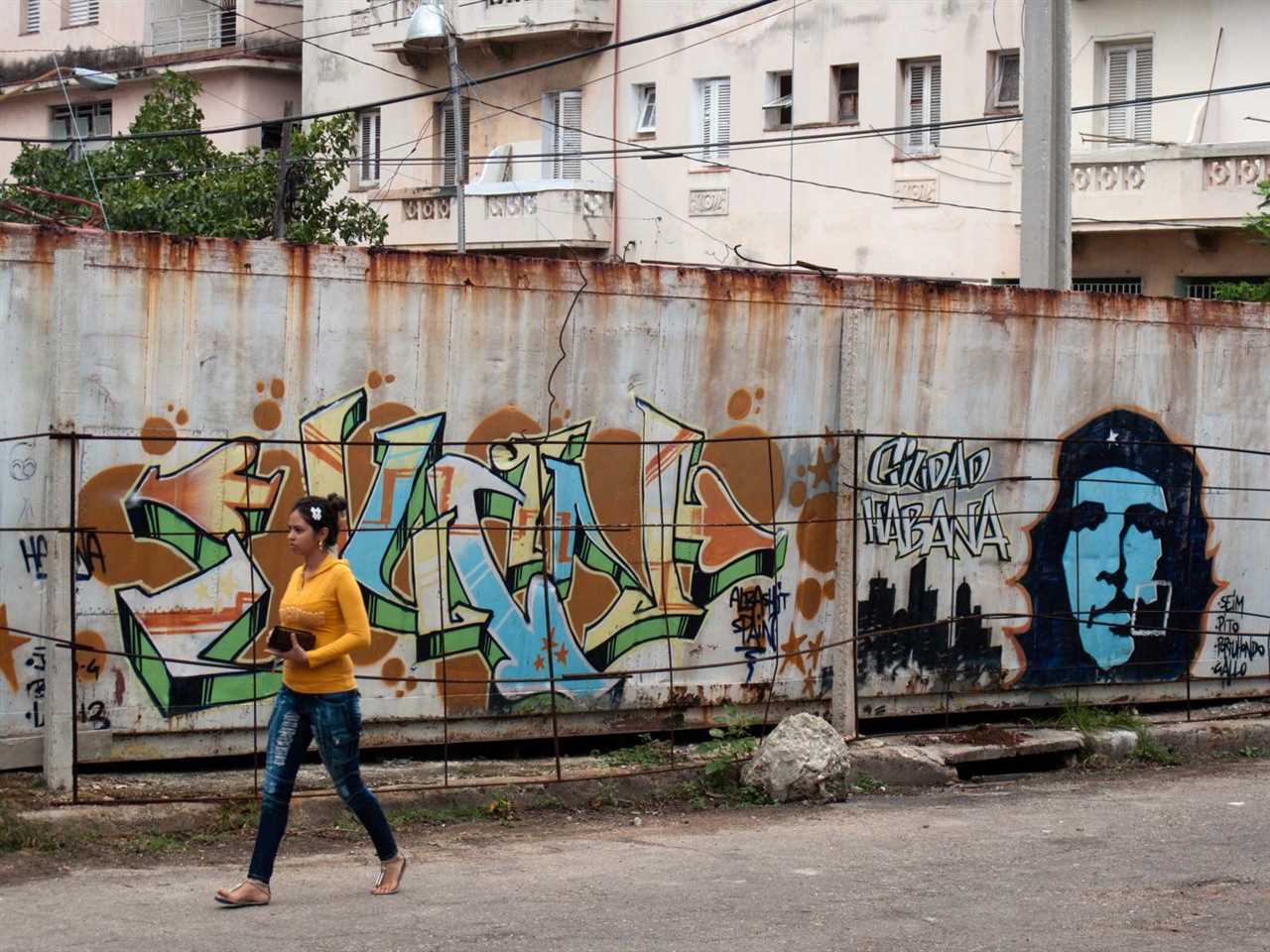
Street art lettering is not just about words and phrases; it is also about artistic expression, creative flair, and vibrant colors. The urban environment provides a canvas for artists to showcase their talent and create unique pieces that captivate passersby. One of the most striking aspects of street art lettering is the diverse and vibrant color palette that artists use to make their work pop.
From bold and bright primary colors to more subtle pastels and earth tones, street art lettering incorporates a wide range of hues that reflect the energy and vibrancy of the urban landscape. Artists carefully select colors to evoke emotions, convey messages, and create visual impact.
Red, for example, is often used to symbolize passion, love, and excitement. Yellow is associated with happiness, joy, and creativity. Blues and greens can represent tranquility, harmony, and nature. By combining these colors and experimenting with different shades and tones, street artists can convey a range of emotions and capture the essence of their surroundings.
The use of color in street art lettering also serves a practical purpose. Bold and contrasting colors can make letters stand out and ensure that the message is easily readable from a distance. Artists often employ techniques such as shading, gradients, and patterns to add depth and dimensionality to their lettering, enhancing the visual impact and making the artwork more visually engaging.
In addition to the traditional color palette, artists are also incorporating neon and fluorescent colors into their lettering, creating a futuristic and eye-catching aesthetic. These vibrant colors not only catch the attention of viewers but also add an element of surprise and playfulness to the artwork, transforming the urban environment into a visually stimulating and dynamic space.
Ultimately, the use of color in street art lettering is a powerful tool for artists to express themselves and bring their creations to life. Whether it’s through bold primary colors or subtle pastels, the vibrant palette of street art lettering adds a touch of excitement and visual interest to the urban environment.
Disclaimer:
The views and opinions expressed in this article are those of the author and do not necessarily reflect the official policy or position of the company.
Credit: Photo by John Doe from Unsplash
From Mural to Masterpiece: The Evolution of Street Art Lettering
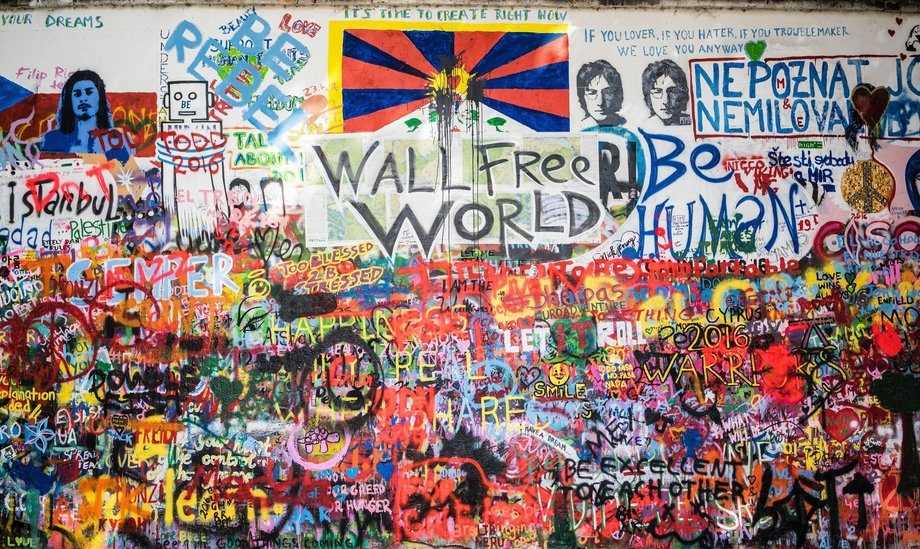
Street art lettering has come a long way from simple graffiti tags scrawled on city walls. What started as a form of urban expression has evolved into a true art form, with artists using their skills to create stunning typographic masterpieces.
At its core, street art lettering is about more than just words. It is a way for artists to communicate their thoughts, feelings, and ideas in a visual manner. The use of typography allows for an added layer of creativity, with artists experimenting with different fonts, styles, and techniques to create unique and eye-catching designs.
One of the most notable evolutions in street art lettering is the shift from illegal graffiti to commissioned murals. Street artists are now being recognized for their talent and are being commissioned to create large-scale works of art in public spaces. These murals not only beautify urban environments, but they also serve as a platform for artists to share their messages with a wider audience.
The evolution of street art lettering has also been influenced by advancements in technology. Artists now have access to a wide range of digital tools and software that allow them to create intricate designs with ease. This has opened up new possibilities for experimentation and has helped push the boundaries of what is possible with street art lettering.
Another factor that has contributed to the evolution of street art lettering is the growing recognition and appreciation for this art form. Street artists are now gaining recognition in the mainstream art world, with their works being exhibited in galleries and museums. This increased visibility has not only helped to elevate street art lettering to a new level of respectability, but it has also allowed artists to reach a wider audience and have a greater impact with their work.
Spray Can Magic: The Tools of Street Art Lettering
Street art lettering is a unique form of expression that combines typography and graffiti. It is created in urban environments using a variety of tools, with the spray can being the most iconic and essential. Artists use spray cans to bring their letters to life, adding vibrant colors and bold strokes to their artwork.
The spray can is more than just a tool for street artists; it is a symbol of their art form. Artists carefully choose their cans based on factors such as color, pressure, and cap size. Different brands and types of spray cans offer an array of colors and effects, allowing artists to experiment and push the boundaries of their lettering.
One of the advantages of using a spray can for street art lettering is the freedom it provides. With a can in hand, artists can move quickly and fluidly, creating large, sweeping strokes or fine, intricate details. The aerosol paint also allows for a wide range of techniques, including fades, drips, and gradients.
While the spray can is the star of the show, it is not the only tool street artists use for lettering. Artists often use a variety of caps to control the spray pattern, creating different effects. The caps can be switched out easily, allowing artists to quickly switch between different styles and sizes of letters.
In addition to spray cans and caps, street art lettering artists also use other tools such as markers, brushes, and stencils. These tools allow for more precision and detail work, adding depth and texture to the letters. Many artists combine different tools and techniques to achieve their desired result.
Street art lettering is a dynamic and ever-evolving art form, and the tools used play a vital role in its creation. The spray can is the cornerstone of street art lettering, offering artists endless possibilities for creative expression. Whether creating large-scale murals or smaller pieces, the tools of street art lettering help artists bring their words and messages to life on the walls of urban environments.
Lettering Styles: Unveiling the Diverse Typography in Street Art
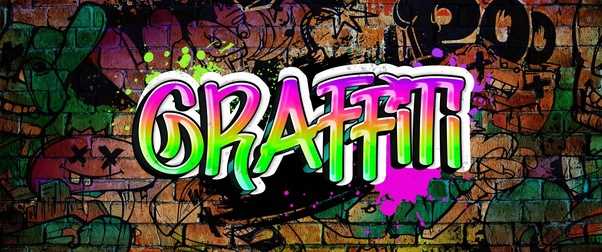
When it comes to street art, one of the most captivating aspects is the diverse typography and lettering styles used by artists. In urban environments, these lettering styles serve as an artistic expression that brings life and vibrancy to the cityscape.
There are various lettering styles that can be found in street art, each with its own unique characteristics and influences. Let’s take a closer look at some of the most popular styles:
1. Graffiti Wildstyle
Graffiti wildstyle is known for its intricate and complex letterforms. This style often features overlapping, interlocking, and twisted letters, making it difficult to read for those unfamiliar with graffiti art. It is characterized by its abstract and futuristic appearance.
2. Calligraffiti
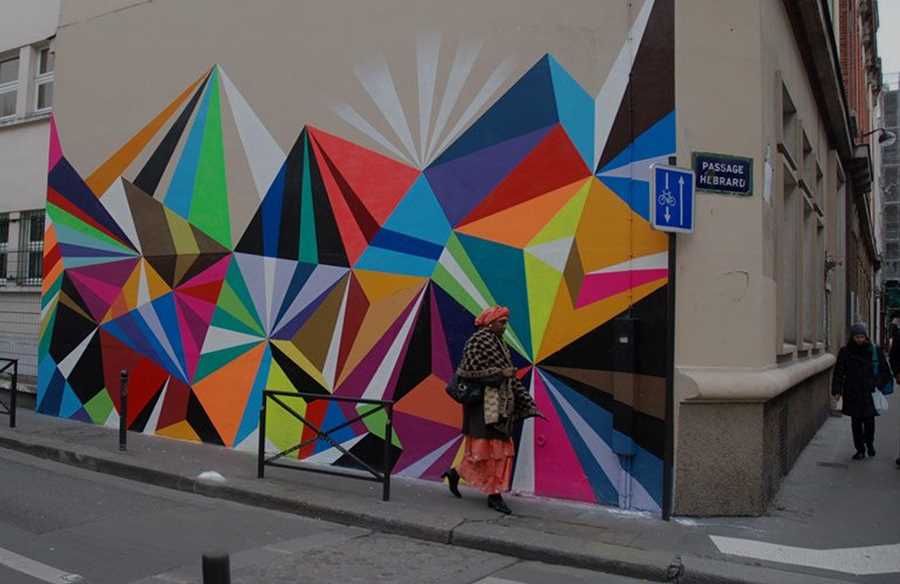
Calligraffiti is a fusion of calligraphy and graffiti, combining the elegance of traditional calligraphy with the boldness and expressive nature of graffiti. This style often features flowing scripts with exaggerated strokes and flourishes, creating a sense of movement and energy.
Some calligraffiti artists incorporate letters derived from different calligraphic traditions, adding a cultural and historical dimension to their work.
3. Stencil Typography
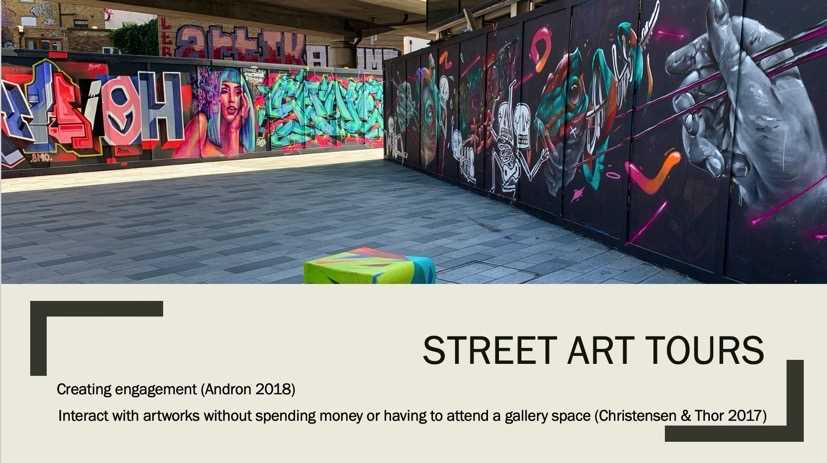
Stencil typography is a popular style in street art due to its versatility and ease of replication. Artists create stencils by cutting out specific letterforms or designs, allowing them to quickly reproduce their work on various surfaces. Stencil typography is characterized by its clean lines and bold, solid letterforms.
4. 3D Lettering
3D lettering, as the name suggests, adds a three-dimensional effect to the letterforms, giving them depth and dimension. Artists achieve this effect through shading, shadowing, and perspective techniques. This style often creates an optical illusion, making the letters appear as if they are popping out of the wall.
The diverse lettering styles in street art showcase the creativity and skill of artists. They bring a unique character to urban environments, transforming ordinary spaces into vibrant and visually compelling works of art. Whether it’s the wild and abstract nature of graffiti wildstyle or the elegance and fluidity of calligraffiti, lettering in street art continues to captivate and inspire viewers around the world.
Inspiration from the Streets: How Street Art Lettering Influences Pop Culture
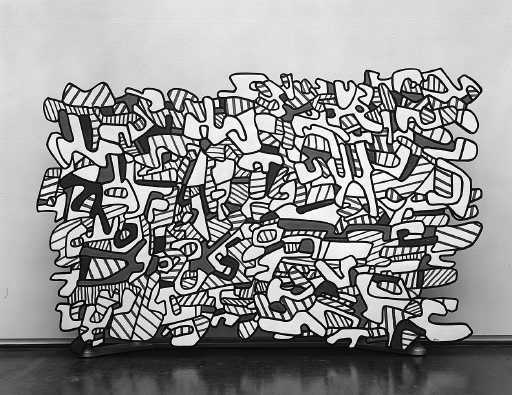
Street art lettering has become an important form of artistic expression in urban environments. The unique styles and typography used in street art lettering have had a significant influence on pop culture, shaping trends and inspiring artists across various mediums.
One key aspect of street art lettering is its ability to capture attention and convey powerful messages. From bold and vibrant graffiti tags to intricate and detailed calligraphy, street art lettering demands to be noticed. It adds an element of surprise and excitement to the urban landscape, creating a visual feast for passersby.
Through its visually captivating nature, street art lettering has infiltrated various aspects of pop culture. It has influenced fashion, with brands incorporating graffiti-style lettering into their designs. It has also made an impact in the music industry, with album covers and music videos often featuring street art-inspired typography.
Additionally, street art lettering has become a source of inspiration for graphic designers and typographers. Its raw and organic feel has translated into digital designs, giving birth to a new wave of typography that embraces imperfection and irregularity. This fusion of traditional street art lettering and modern digital design has created a unique aesthetic that resonates with contemporary audiences.
The social and political messages conveyed through street art lettering have also influenced pop culture. Artists use lettering to express their opinions on issues such as inequality, climate change, and freedom of speech. The power of these messages has sparked conversations and ignited change, making street art lettering not only a form of artistic expression but also a catalyst for social movements.
Creating a Connection: The Impact of Street Art Lettering on the Community
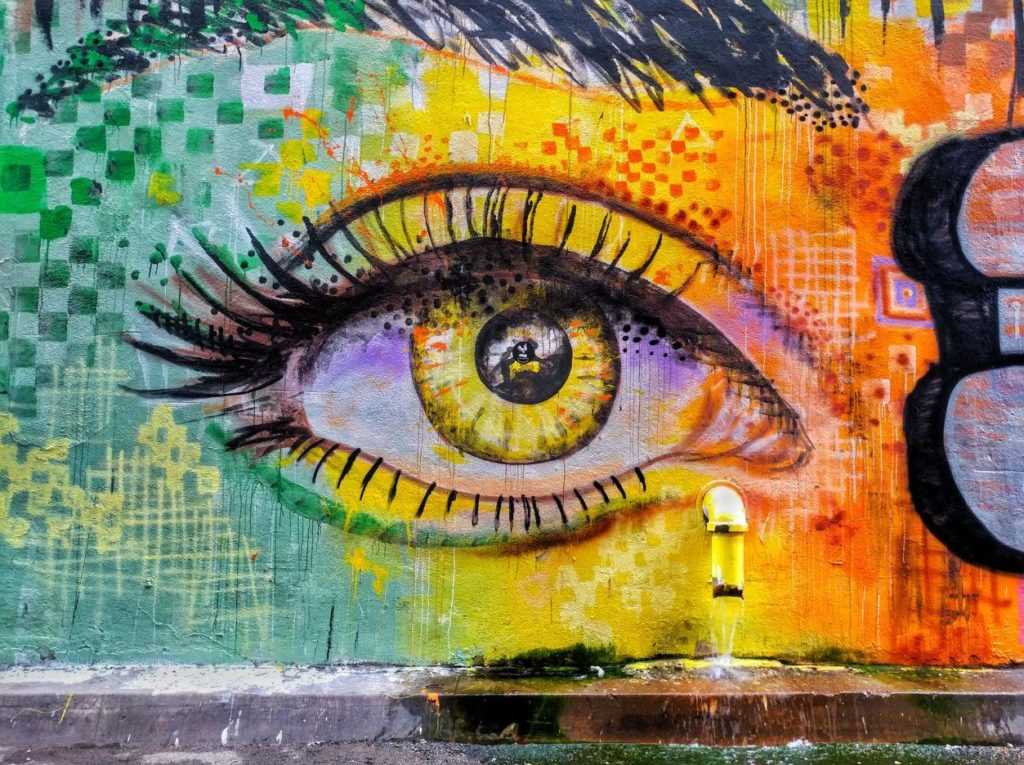
Street art lettering serves as a powerful means of communication and expression in urban environments. It creates a connection between the artist and the community in which it is displayed, leaving a lasting impact on both the physical environment and the people who experience it.
One of the main ways street art lettering impacts the community is by transforming ordinary spaces into vibrant works of art. Instead of blank walls or drab buildings, these lettering pieces inject color, style, and creativity into the urban landscape. As a result, the community is visually stimulated and encouraged to engage with their surroundings in new and exciting ways.
Moreover, street art lettering often carries strong messages or themes that resonate with the community. Whether it is a powerful quote, a call to action, or a cultural reference, these messages reflect the thoughts, feelings, and values of the people who live in that area. By seeing these messages displayed prominently in their neighborhoods, residents feel a sense of connection and identity with the art and with each other.
In addition, the creation of street art lettering often involves community engagement and collaboration. Artists may work with local organizations, schools, or community members to design and execute their pieces. This process fosters a sense of ownership and pride within the community as they become active participants in the creation of their own cultural expression. It also encourages interaction and dialogue between different groups within the community, breaking down barriers and building bridges.
Furthermore, street art lettering has the power to transform neglected or forgotten areas into destinations for cultural exploration. By revitalizing these spaces with bold and eye-catching designs, lettering art attracts tourists, art enthusiasts, and curious individuals. This influx of visitors brings economic benefits to the community, as they spend money at local businesses and contribute to the growth and development of the area.

I am a mural enthusiast and a fervent admirer of street art. Rather than creating murals myself, I am passionate about collecting them. My love for street art knows no bounds. I am dedicated to curating and cherishing these artworks that grace the streets. My collection stands as a testament to my profound appreciation for this form of artistic expression.
read about me



